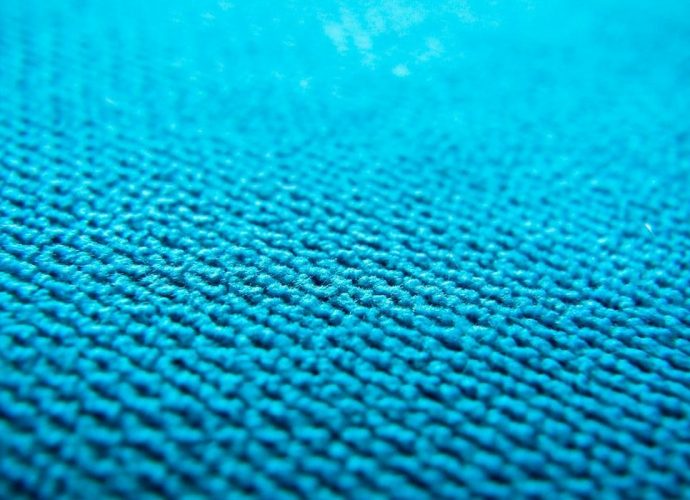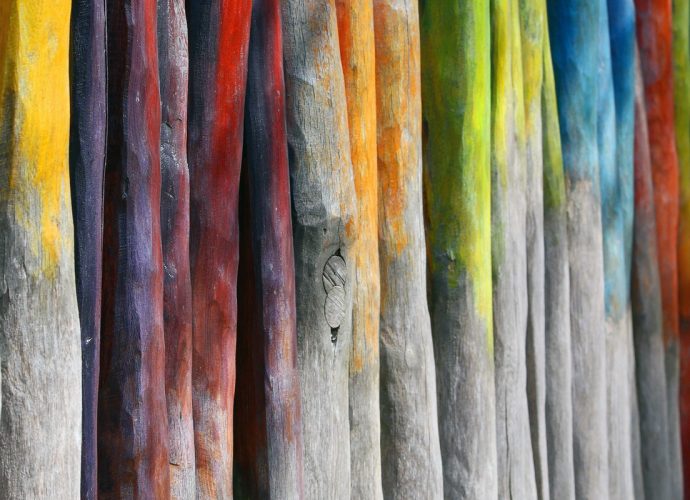Do Algae Eaters Eat Regular Fish Food?
There is some evidence to suggest that poorly fed algae eaters are more likely to try to feed on the sides of other fish. Evidence suggests that they attack the slime coat as they are looking for nutrients and will attach to the sides of other fish to try toRead More →







